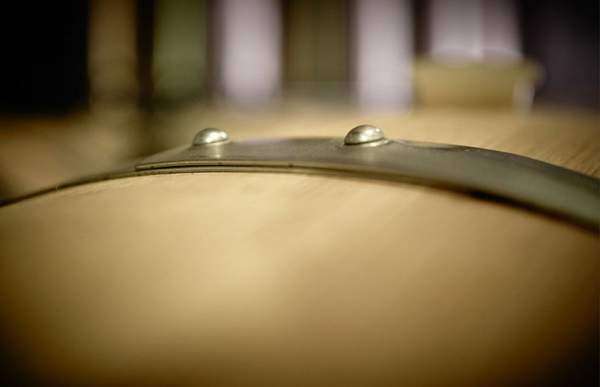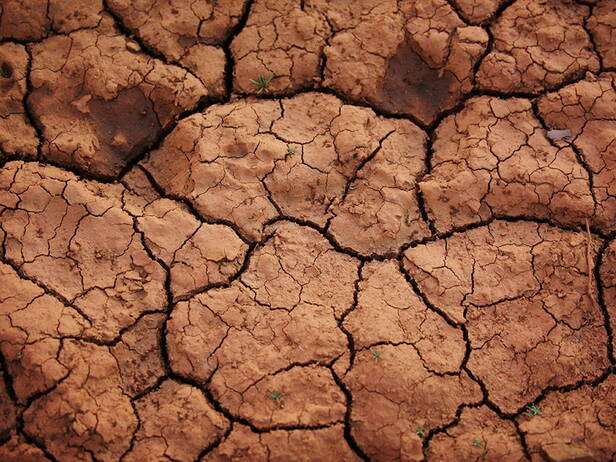
In a previous article we analyzed the dryness of red wine caused by the alcohol and tannins.
On this occasion, we will complete our analysis by discussing the other two factors that most influence this dryness: wood and pollutants.
The dryness of the wood
Wood has always been the best accompaniment to wine, as it can help provide structure, sweetness, and freshness. But it should be considered that it also has molecules that may favor dryness in the wines. We are talking about molecules such as Syringaldehyde, 3,4-dimethoxyphenol or trans 2-nonenal.
Wood can increase dryness due to:
- Contribution of dried ellagitannins
- Increased aggressiveness
- Contrast effect
- Drying effect of neutral or aromatic molecules
The toasting modifies the level of sweetness, structure and dryness.
The sweetness of fresh wood decreases from 70 degrees by thermo-degradation of softening molecules such as polysaccharides or lactone (coconut, butter). After 180 degrees, it increases again due to the appearance of vanillin.
When passing 170 degrees, the structure decreases due to the action of the thermo-degradation of ellagitannins and, at around 200 degrees, it is replaced by drying molecules from heavy toasting. From this temperature, a dryness typical of smoke appears, the acrid character of burnt bread.
To impact the perception of wine in the mouth through the use of wood, we can play around with two strategies:
- Soften with a tannin-free wood but very sweet due to its high vanillin content (be careful with contrasting effect)
- Increase volume and fat by adding polysaccharides from a medium roast (be careful with the increase in structure)
Dryness due to contamination
Anisoles are known for their aromatic power and the rejection they cause to the consumer, but less known is the drying power of their precursors: the halophenols.
Any winery may have halophenol or haloanisole contamination from contaminated water or other sources of contamination. Halophenols are difficult to detect because theu are neutral, don’t add any strange tastes to the wine and are only detected by analysis. However, haloanisoles have a powerful odor that can indicate the origin of the contamination.
Origin of halophenols in wine
Most drinking waters have high amounts of tribromophenol (TBF), mainly due to the treatment of the water with bromine, even due to the use of methyl bromide as a fire retardant treatment for many materials (resins, paints, plastics). This bromine reacts with wood phenols to form TBF, a pollutant that has a high drying power.
In theory, chlorine has not been used for years to wash tanks or materials in contact with wine (although bleach is one of the most disinfectant and effective products for bleaching). However, the ability of these materials to accumulate it has not been considered: for example, epoxy resin, hoses, wood, barrel supports, etc., have high and stable concentrations of trichlorophenol over time. This by-product can in turn contaminate wine for many years after the last use of chlorine.

In terms of possible compounds that contribute dryness developed by microorganisms, we have the increase in volatile acidity and ethyl phenols. They are compounds that can have a burning and drying effect at the end of the mouth.
In terms of the development of Brettanomyces, it is worth highlighting the aromatic rather than drying character. Ethyl phenol has a drying power that accumulates with the loss of fruit and fat as the Brettanomyces population increases.
In order to limit both, it is important to consume all the sugars in fermentation in order for the lactic acid bacteria to limit the production of acetic acid.
In Brett's case, we have to work preventively and act when the growth of the microorganism is still limited. Once the Brett increases and we try to kill its cells, ethyl phenols may have already been produced, and by breaking the cell, they could be released into it. So it is better to eliminate rather than destroy.
Conclusion
Therefore, we can conclude that the dryness of red wines is not only caused by tannins. The different forms of dryness are very similar organoleptically, and it is the aromatic perception that will best allow us to find the origin of the dryness of the wine.
Related news
The dryness of red wine (part 1)
Last March, we toured a large part of Spain with the aim of demystifying one of the most frequent topics in enology: the dryness of red wines.
